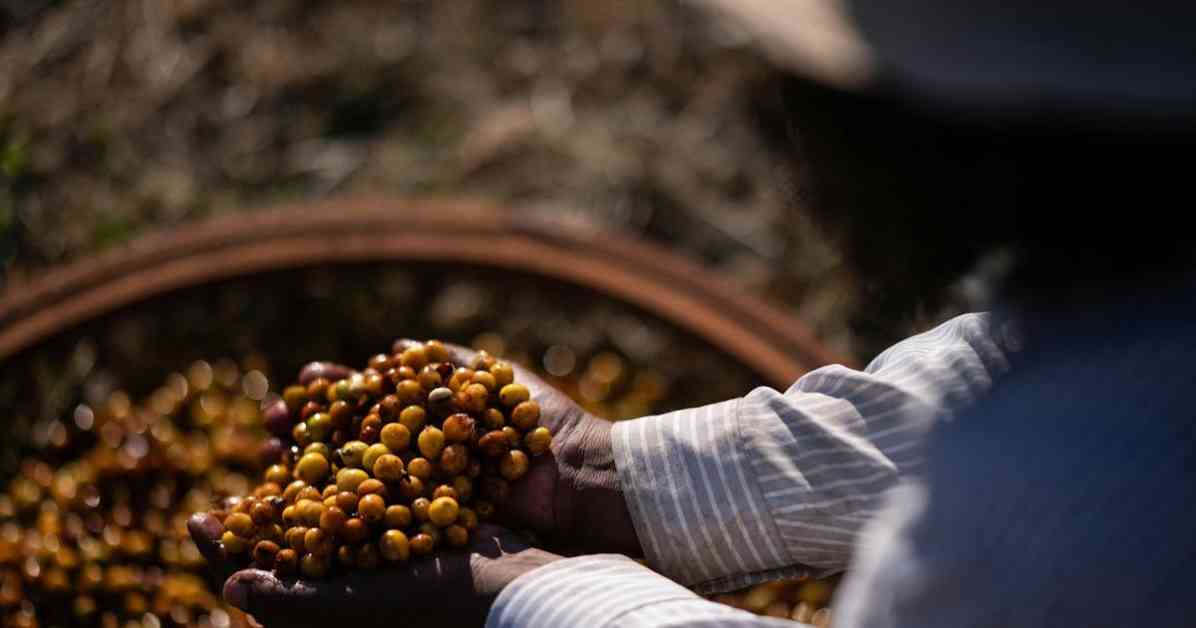Climate Change Threatens Global Coffee Supply: The Impact on Your Morning Brew
Every morning, millions of people around the world find solace in a cup of coffee. But this cherished daily routine is under siege as climate change drives up costs and diminishes the flavor of coffee — and Asia’s major coffee producers find themselves on the front lines.
**Southeast Asia: A Global Coffee Powerhouse**
Southeast Asia is a powerhouse in the global coffee market, with Vietnam and Indonesia being the world’s second and fourth biggest coffee producers respectively. In 2023, Vietnam produced 29.1 million 60-kilogram bags of coffee, while Indonesia contributed 11.85 million. Other countries in the region, such as Thailand, Laos, and the Philippines, are also increasing their output.
**Climate Change’s Toll on Coffee Crops**
Rising temperatures, erratic rainfall, and prolonged droughts are taking a toll on coffee crops. Coffee plants are highly sensitive to climatic changes, and the increasing heat can impair their growth, reduce yields, and lower the quality of the beans. Pests like the coffee berry borer, which thrive in warmer conditions, are further exacerbating the situation, leading to significant crop losses. By 2050, up to 50% of land suitable for coffee cultivation may be lost due to climate change.
**Global Implications of Climate Change on Coffee**
Key coffee-producing regions located in the Coffee Belt — between 20 degrees north and 30 degrees south of the equator — are among the most vulnerable to climate change. This puts the global coffee supply at increasing risk. The long-term implications of climate change for the coffee industry are concerning. As climate conditions worsen, the supply of coffee from Southeast Asia and other key regions is likely to shrink. This decrease in supply coincides with a rising global demand for coffee, driven by population growth and the beverage’s enduring popularity.
**Economic Repercussions and Rising Prices**
As coffee yields decline, prices will rise, impacting the entire market. The price of robusta coffee has nearly doubled since early 2023 mainly due to drought in Vietnam. While some coffee producers might benefit from higher prices in the short term, the long-term outlook is bleak. Persistent climate challenges could render coffee farming unsustainable, forcing small farmers to abandon cultivation.
**Global Impact and Consumer Strain**
The impact of climate change on coffee is not confined to Southeast Asia. Latin America and Africa, other major coffee-producing regions, are facing similar challenges. Rising prices are unlikely to attract new farmers, and consumers worldwide will feel the strain. Sustainable practices can support production, but at increasing costs. Millions in developing economies will suffer as small-scale farmers produce about 70% of the world’s coffee, with over 120 million people relying on coffee production for their livelihood.
**Technological Advancements and Hope for the Future**
Technological advancements offer hope — breeding new coffee varieties could increase yields while reducing land competition. Challenges persist, however, as small-scale farmers often lack information on the long-term performance of hybrids. High seedling cost and delayed returns deter investment, and expanding hybrid nurseries to reach all coffee-growing areas will require significant resources and time.
**Call to Action for Governments, Organizations, and Consumers**
Climate change is reshaping the coffee industry, with far-reaching consequences for both producers and consumers. Governments, international organizations, and major coffee companies need to coordinate efforts to help coffee farmers adapt. This includes investing in the research and development of climate-resilient coffee varieties, providing financial and technical assistance to farmers, promoting practices like intercropping under shade trees, and improving infrastructure to manage water resources more sustainably.
Consumers can also play a role. Supporting sustainable coffee brands and advocating for stronger climate policies are small but significant steps. Even people who don’t drink coffee can help mitigate climate change by pressuring governments to adopt stronger climate mitigation policies, using public transport, reducing single-use plastics, and buying energy-efficient products.
**Conclusion**
It’s time to reconsider our morning routine and recognize the complex web of factors that bring coffee to our tables. Climate change threatens more than just our caffeine fix — it endangers livelihoods, economies, and a cherished global tradition. Action must be taken now, before our coffee cups run dry.



















